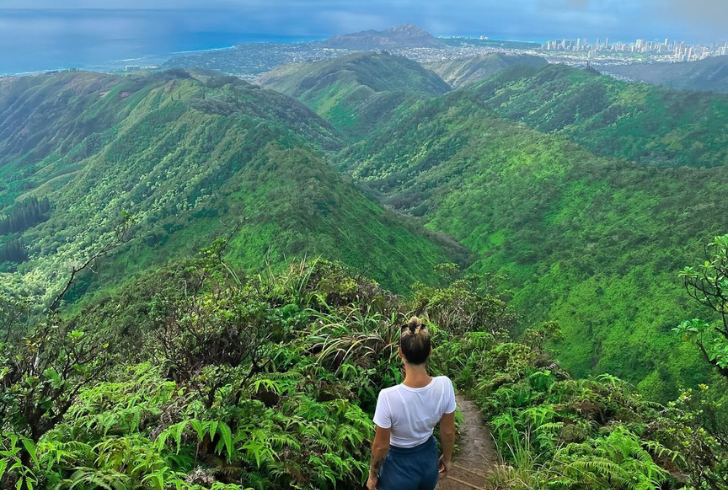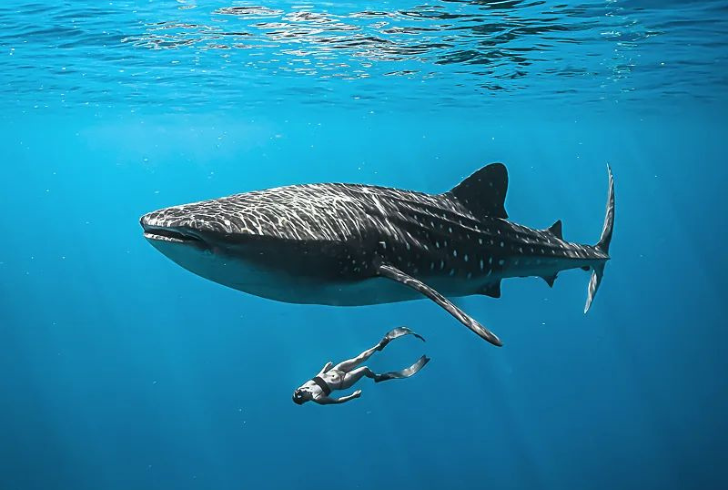Planning a trip to Hawaii involves more than picking a destination; it’s about choosing the right time to experience the islands at their best. While Hawaii’s warm weather makes it a year-round destination, certain months offer unique advantages depending on your travel preferences. Here’s a guide to help determine when is the best time to vacation in Hawaii.
Best Months for Sun and Surf: March to September
If warm, sunny days and ideal beach conditions are what you’re after, the period from March to September is your best bet. During these months, Hawaii enjoys its driest weather and warmest temperatures, ranging from 73°F to 86°F, perfect for enjoying the beaches and outdoor activities. The calm seas during this time also make it ideal for snorkelling, swimming, and other water sports.
Hawaii’s weather remains pleasant throughout the year, even in the wetter months. The temperatures typically stay between 73°F and 86°F, with occasional rain showers, particularly in higher elevations. The western sides of the islands, such as the leeward coasts of Oʻahu and Maui, tend to be drier, providing more consistent sunshine.

Quieter Times: April to May and October to November
For those seeking fewer crowds and a more relaxed atmosphere, the shoulder seasons of April to May and October to November are perfect. During these months, the weather is still warm, and the islands are less crowded, offering a peaceful retreat. While there might be occasional rain, the showers are usually brief and followed by sunshine.
Surfing Season: January to March
Between January and March, Hawaii’s northern shores are known for their large waves, attracting surfers from around the globe. If you’re interested in witnessing big wave surfing or trying your hand at the sport, this is the time to visit. Just be prepared for more rain, particularly on the windward sides of the islands.
Monthly Overview
January and February: Cooler and Breezy
January and February are cooler months in Hawaii, with a mix of sunny days and rain showers. These months are popular with visitors escaping winter on the mainland, though the weather can be unpredictable. The trade winds can calm down, creating excellent conditions for helicopter tours and other aerial activities.
- Whale Watching: Humpback whales migrate to Hawaii’s waters from December to May, with peak sightings from January to March.
March: Transition to Spring
March marks the start of spring, with temperatures beginning to rise. But, it’s also one of the wettest months, so planning activities around the rain is a good idea. Despite the occasional showers, the island’s lush landscapes are in full bloom, offering breathtaking views.
April and May: Warm and Pleasant
April and May bring consistently warm weather, making it comfortable to enjoy outdoor activities all day long. The sea is calm, and the water temperatures rise, making it a great time for snorkeling and other water sports.
June to August: Summer Crowds
Summer in Hawaii is busy, particularly in July and August, when families from the mainland visit. The weather is hot and dry, with minimal rainfall, making it ideal for beach days. Despite the crowds, there are plenty of opportunities to find quieter spots on the less-visited islands or beaches.

September: Post-Summer Tranquility
September sees a drop in visitor numbers, making it an excellent time for those who prefer a quieter vacation. The weather remains warm, and the seas are calm, offering perfect conditions for diving and exploring Hawaii’s marine life.
October and November: End-of-Season Charm
October and November are considered the end of the tourist season, making it a great time to visit for those looking to avoid crowds. The weather is still warm, though there’s a chance of early storms. But, sunny days are still common, and the islands take on a serene atmosphere.
December: Festive Vibes and Whale Watching
December brings the start of the festive season and the return of humpback whales. Early December is relatively quiet, but the islands become busier as Christmas approaches. The weather is warm and dry, making it a delightful time to visit and enjoy the holiday spirit.
Timing Your Hawaiian Getaway
Hawaii offers something special no matter when you visit. Whether it’s the sunny beaches of summer, the vibrant surf of winter, or the tranquillity of the shoulder seasons, each time of year presents unique opportunities. Understanding the climate and seasonal highlights will help plan a vacation that perfectly aligns with your preferences, ensuring a memorable Hawaiian experience.




